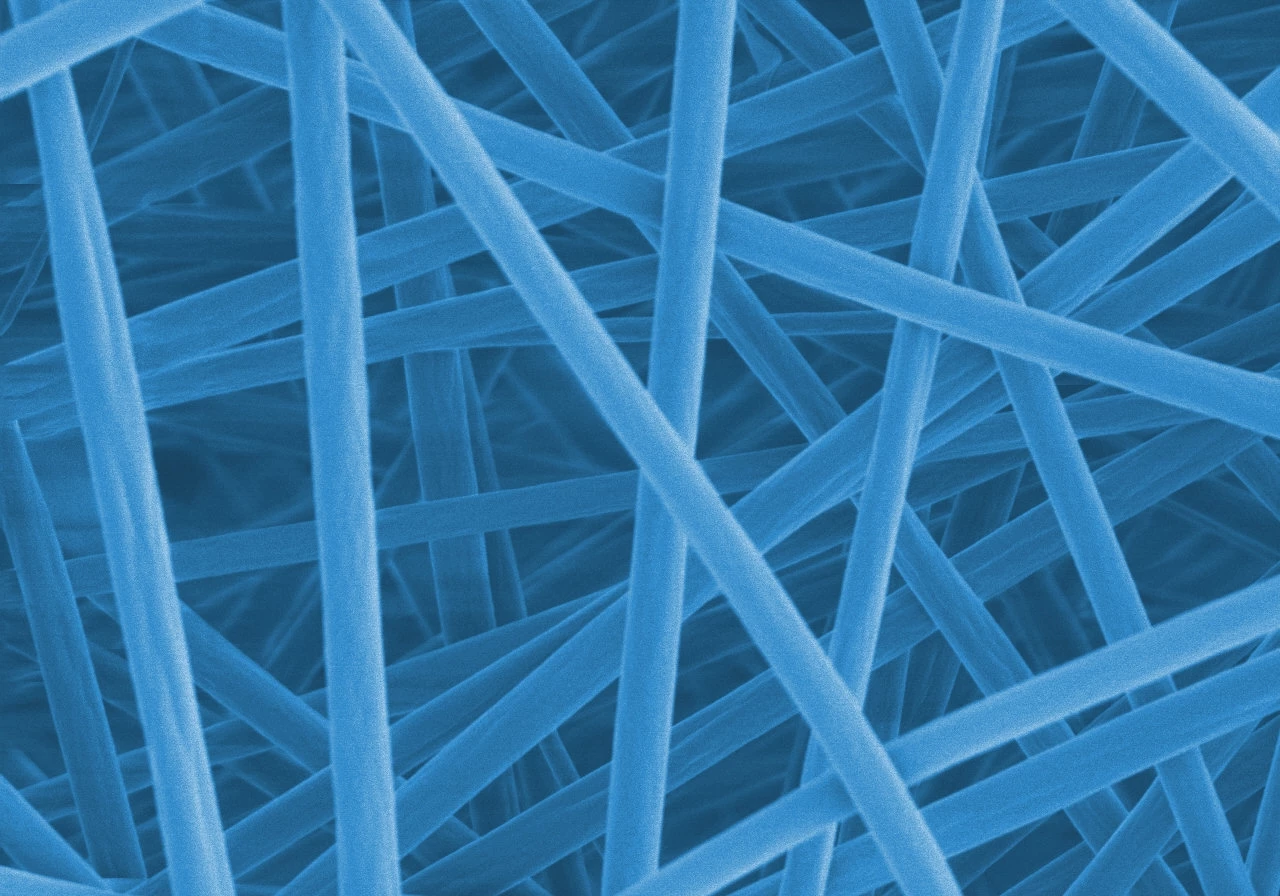While antibiotics are very effective at treating infected wounds, they should definitely be used sparingly. An experimental new bandage was designed with this fact in mind, as it only dispenses medication when it detects the heat of an infection.
Not only can antibiotics cause unwanted side effects, but their overuse may contribute to the development of antibiotic-resistant bacteria. Plus, of course, they simply shouldn't be wasted.
Unfortunately, because conventional wound dressings are opaque, it's impossible to see if the wound beneath them is becoming infected. As a result, antibiotics are often preemptively applied to a wound before it gets covered, to keep it from getting infected. Even then, it can still develop an infection after absorbing the initial application of antibiotics.
Seeking a more effective alternative, scientists at Switzerland's Empa research center developed the new material. It incorporates a fine membrane of nanofibers, which are made of a blend of the polymer PMMA (polymethyl methacrylate) and a biocompatible polymer known by the trade name of Eudragit. An antiseptic, octenidine dihydrochloride, is encapsulated within those fibers.

As long as the wound surface remains at the normal skin temperature range of 32 to 34 ºC (89 to 93 ºF), the polymer blend stays solid, keeping the medication trapped inside. If infection-related inflammation causes the wound surface temperature to increase to at least 37 ºC (99 ºF), however, the polymer transitions to a softer state, releasing some of the bacteria-killing octenidine into the infected tissue.
Once the infection has been treated and the wound cools back down, the polymer firms up again, retaining what's left of the antiseptic. The dressing can therefore perform up to five separate octenidine deployments, before its entire payload of medication is used up.
The scientists are now trying to reduce the temperature increase which is required to activate the material, plus they're exploring the use of other medications, such as actual antibiotics. A paper on the research, which is being led by Qun Ren and Fei Pan, was recently published in the journal ACS Applied Bio Materials.
And this isn't the first dressing we've seen which dispenses medication in response to infection-related heat. A team at Tufts University has been working on a bandage that utilizes an actual electronic sensor to do the job.
Source: Empa




